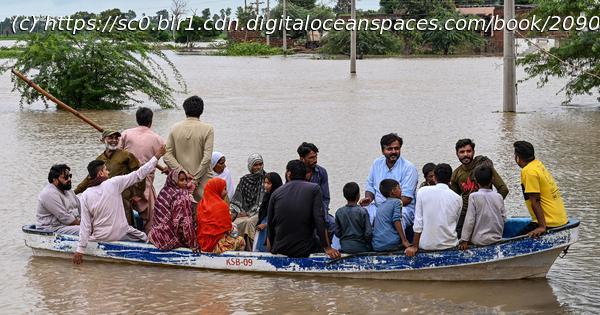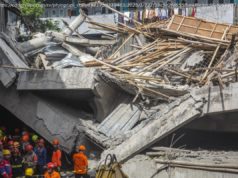Climate change is raising the risks and creating an urgent need for a dangerously unprepared region to invest in disaster preparedness.
Farmers in South Asia rely on the summer monsoon’s rainfall, but extreme monsoon rains in recent years have been destructive and deadly.
Since July, flooding during the 2025 summer monsoon has killed more than 700 people in Pakistan as water and mud swept through settlements and ancient towns. Streets in Karachi, a vital port city of about 20 million people, were inundated.
The damage has been reminiscent of 2022, when monsoon flooding stretched for miles across the country and displaced more than 8 million people.
Pakistan has a long history of natural disasters, from lethal heat waves to flash flooding. As global temperatures rise, the risks from powerful downpours, flash floods and melting glaciers are increasing.
I work on issues of water security and grew up in South Asia. I see how climate change is raising the risks and creating an urgent need for a dangerously unprepared region to invest in disaster preparedness.
The effects of climate change have wide-ranging implications for ecosystems, human communities and the physical environment.
Rising temperatures increase both evaporation and the amount of moisture the atmosphere can hold, leading to powerful downpours.
At the same time, warming in the mountains speeds up the melting of snowpack and glaciers. Melting glaciers increase both runoff into rivers and the risk of glacial lake outburst floods. Glacial lake outburst floods occur when depressions dammed by glacier ice or rock fill with meltwater and overflow or burst through their dams.
A glacial lake outburst in Pakistan’s northern Gilgit-Baltistan region on August 22, 2025, showed the cascading dangers.
Домой
United States
USA — Events Pakistan: As 700 die in floods, why the country is especially vulnerable...






